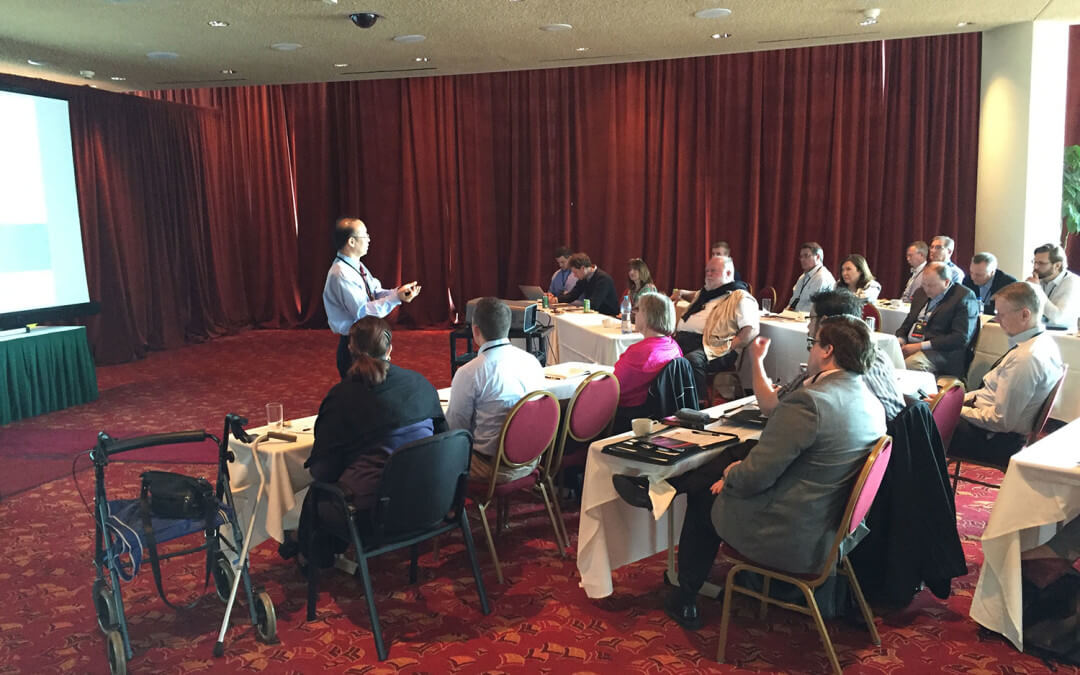CI analysis and the need for CI is great in a country where many products exist in mature stages of lifecycles.
CI become a business tool in China during the 1970s. Dr. Tao was a founding member of the society of competitive intelligence in China, and has been a pioneer in its introduction to the country.
The Chinese economy has been under reform since 1976 (the year of Mao’s death). It had been a closed economy, leading to shortages of everything and difficult lifestyles. Reform presented itself with greater agricultural entrepreneurship.
Experimentations with open economies can be a trial without a great deal of experience, and some tumult has been the result over the years. An economic zone policy created an atmosphere of deflation in the early 90s. After that, China joined the WTO and more private firms started to grow from 2000-2007.
Eventually, a plateau has presented itself and at this time, the government attempts various strategies to reignite the economy, “not that convincing” to Dr. Tao.
China has achieved tremendous status in the world economy; number one and number two in imports and exports. The entire global economy is influenced by economic conditions in China.
Some drivers of economic growth in China include cheap labor, construction (infrastructure), and real estate—there is much activity in the housing market.
Currently, the aging of the workforce is influential. The percentage of young workers is relatively small, raising the cost of labor; and manufacturing is not a great proposition in the country.
In reading the Chinese economy, one thing to consider is rail freight volume. Energy, electricity and money are required to run businesses and are reliable measures.
An examination of the steel industry provides a good history and example. Steel production pre-1949 did not exist. After 1949, things began and increased over time. Currently, China produces 50% plus of the world’s steel. China is the largest producer overall in the world; the Hebei Province in Beijing is number two. The third largest producer is Tangshan. Fourth-through eighth largest producers are Japan, U.S., India, Russia, and Korea.
Any industry has a lifecycle, and the steel industry is now entering the mature stage, says Dr. Tao. The number of steel producers are between 200-300. After 2013, many such firms have become zombie firms—they produce steel that no one buys, and are supported by the government. Soon there will be many mergers and acquisitions in this industry.
Similar circumstances also exist in the auto industry and others within the country.
The Tio Tinto Espionage Case has set prices, and other corruptions within the steel industry provide interesting case studies.
Where does the steel go? Currently, to support infrastructure with bridges—that go nowhere, and in houses that remain unoccupied. Excess resources are produced, many people work in the industry, and immediately terminating it will create large scale problems.
On the other hand, China’s retail market is doing well and is an impressive side of the Chinese economy. Overflow of capital will prompt foreign investments, and Chinese companies have sought new markets. The “One Belt One Road” strategy is one that creates business by building infrastructure along a mapped route spanning various countries.
Internal return, however, is challenging as the new infrastructures built are currently not well utilized.
China’s investment in U.S. firms enhances corporate image, allows acquisition of advanced technology, obtains international well-known brands, and meets the demand of existing customers.
In the latest five year plan, the government realized reform is required from low cost manufacturing to cliibing the technology ladder. Domestic spending must be increased. Innovation needs to be increased in technology.
Implication for business practices are:
- Increased level of uncertainty
- Opportunity and threats will coexist
- There will be consolidation vs innovation
- Manufacturing vs service (a new generation of entrepreneurs, like Baidu, Alibaba, tencent, ctrip, for example)
Practicing CI in China
CI has been growing as an industry, and many firms have internal CI operations, including: BaoSteel, Huawei, Haier.
Third party service providers include full services (S&T Information Institutes), Software (CNCIC, Baidu). Training is fragmented, and a primitive market prevails. One large professional organization exists—SCIC. There are many data providers in China: Sinosure, Sinotrust (Experian), and various universities are producing doctoral, master, and undergraduate level CI graduates.
CI since 1999 in China
Location of investment opportunities of firms is a large area of interest in the CI realm. Needs of Chinese enterprises include industry and market research reports and intelligence analysis tools.
Conducting CI in China
Companies doing CI work have growing opportunity to discover information about enterprises in China Patent and trademark searching is now accessible; previously not. Primary sources to tap include social media, online forums, on-site visits, and interviews with commercial contacts, partners, suppliers, and others.
Know that it is doable to conduct CI in China, but you need to be there. Go there, and ‘kick the tire.’ Go local, advises Tao. Work with a local investigator who has access and knows legal boundaries; have a local project manager who speaks both English and Chinese.
It is business, you will need to explore HUMINT to verify numbers.
There is a new normal in China in the realm of CI. Many industries have run through their lifecycle. Industry consolidation is prevalent, but in China, many enterprises still attempt to pop up zombie firms—creating problems.
Eventually M&A will continue to happen, and CI will play an important role in providing evaluations. CI analysis and the need for CI is great.
